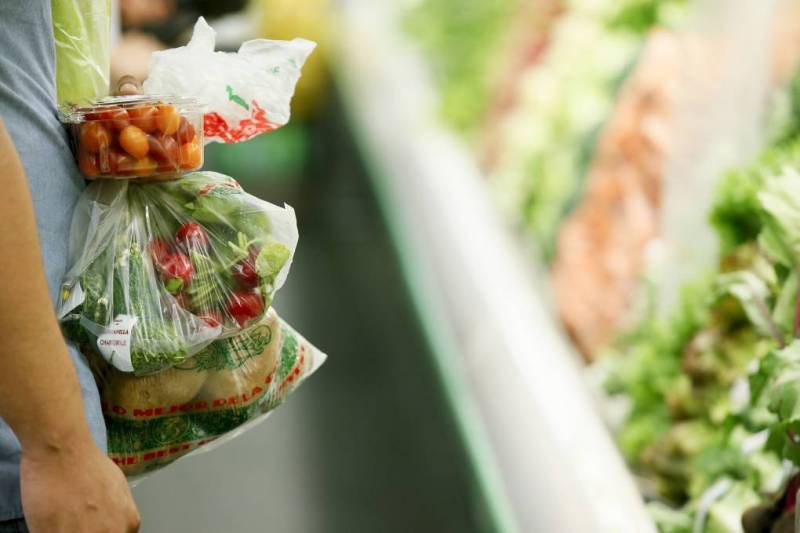For example, in a small study of 2-to-8 year-old Hispanic children and their mothers, being food insecure increased the chances the children would also be obese. A much bigger study including almost 10,000 6-to-11 year-old children found a similar connection. In adults, food insecurity has been found to be associated with a higher risk of obesity in white and Hispanic women. (Interestingly, the researchers didn't find any link in men or black women.) Plus, after studying Canada's First Nations population for a decade, researchers linked higher rates of food insecurity to higher rates of obesity and diabetes when compared with the country's general population.
The connection now seems clear, but how does less food lead to more weight for some people?
One researcher suggests it's due to the scarcity hypothesis — when food is hard to find, the body prepares by seeking calorie-dense food and storing up energy in fat tissue. Dr. Emily Dhurandhar from Texas Tech University argues that the overabundance of high-calorie food in a neighborhood isn't enough to magically cause obesity; there must also be a physiological signal to save energy.
Dr. Dhurandhar's theory may be hard to quantify or address through policy. However, certain neighborhood factors do increase an individual's likelihood of being food insecure and, it turns out, are also associated with a higher risk of obesity.
For example, living in a food desert can negatively impact your health, putting you at higher risk of becoming overweight or obese. Food deserts are low-income communities where stores to buy fruits, vegetables and other whole foods are either too far away or don't exist at all. Even when controlling for individual and household factors, such as diet and exercise or household education level, living in a food desert is linked to a higher risk of obesity.
Research has shown that not only does distance to the grocery store matter, but so do the store's prices. Lower prices have been associated with higher rates of obesity. That's because stores with higher prices place more emphasis on displaying and marketing healthy food, but their healthy food is then often unaffordable. Lower prices mean more affordable food — but also often lower quality and nutritional value.
Lastly, living in a food swamp can also increase your risk of obesity. What food deserts lack in healthy options, food swamps make up for in fast food and junk food; what's available is high in calories, sodium and sugar. Research suggests food swamps may actually be better at predicting local obesity patterns than food deserts.
If the link between food insecurity and obesity is as significant as it seems, what can we do to fix it?
First, we can improve the options available in food insecure neighborhoods, with an emphasis on fresh produce and whole foods. At the same time, we should work to lower the cost of healthy food and improve stores' marketing strategies. In fact, lowering prices may offer more relief than simply adding more grocery stores.
On a broader level, federal policies can also alleviate individual barriers to good food. Food assistance programs, such as the Supplemental Nutrition Assistance Program (SNAP) and WIC (a similar assistance program for mothers and children), and even Medicaid all help. The relationship between SNAP benefits and food insecurity is clear — those who lose their benefits become more food insecure. Research suggests that gaining Medicaid coverage through the Affordable Care Act also improves food security by alleviating health care expenses that previously diverted family resources away from food.
In the past year, the Trump administration has proposed cutting back food stamp eligibility three separate times to save money. One of those rule changes, scheduled to take effect next April, may kick nearly 700,000 people off SNAP. Doing so may help the federal budget, but it may also increase rates of food insecurity and fuel the current obesity epidemic. As these two issues threaten the health of our communities, federal policies and community-based interventions are significant players in our fight to reduce the rates of both.
Copyright 2019 NPR. To see more, visit www.npr.org.

